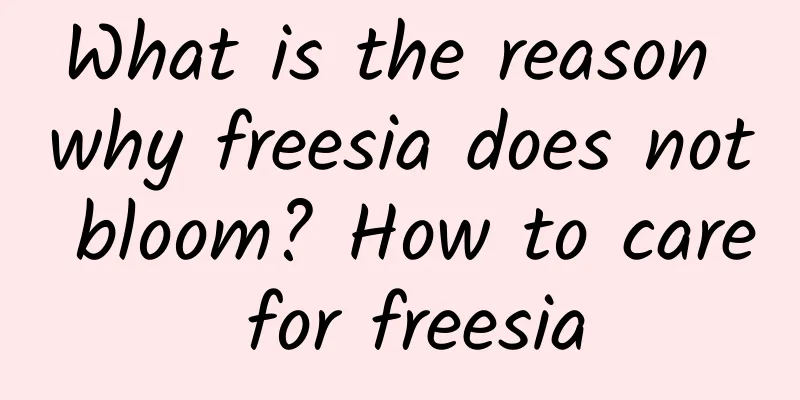Largest and highest-resolution gastric cancer atlas ever released

|
According to the Physicists' Organization website on the 2nd, Singaporean scientists have used cutting-edge technologies such as single-cell sequencing to draw the largest and highest-resolution gastric cancer map to date. The map provides new information on gastric cancer progression and tumor differences between different patients at the single-cell level, and also identifies the molecular pathways that cause gastric cancer to worsen and spread to other organs, providing important information for better treatment of the disease. In the latest study, scientists took 46 tumor samples from 31 patients at different stages of gastric cancer, analyzed 200,000 independent cells, and used new technologies to evaluate the expression patterns of individual genes. As a result, more than 30 different types of cells were found, some of which had never been "shown" before. The study also found that tumors from different patients have different cell compositions, which helps explain why similar therapies can have very different results. Researchers have found that some types of stomach tumors contain immune cells, particularly B cells that control antibody production, suggesting that the disease could be treated with cancer immunotherapy (which harnesses the body's own immune system to fight cancer). They also revealed a previously unknown role for fibroblasts in the development of stomach cancer, which could lead to the development of therapies targeting this cell. "Gastric cancer is one of the most common cancers in Asia and is difficult to cure because we lack a clear understanding of the cell types that make up its tumors," said study leader Professor Patrick Tang of Duke-NUS Medical School. "With cutting-edge technologies such as precision oncology and single-cell sequencing, we have created a map that allows us to analyze patients with unprecedented depth and resolution, tailor treatments for them, and reveal new ways to improve diagnosis and treatment." "This is the most comprehensive study of its kind using advanced technology," said the researchers. "The new cell atlas is a 'parts list' that we can use to identify tumor weaknesses and find ways to counteract them, providing a direction for further research and treatment of gastric cancer." The research team said they are currently determining how cell populations change over time, information that could help generate new early cancer detection methods and therapeutic drugs. They are also working with scientists in other cancer research fields to identify cell populations that cause a variety of cancers. |
<<: Dieting has harmed many people! Eating this way can fill you up without gaining weight
>>: How much precipitation does a heavy rainstorm have? What does the precipitation level refer to?
Recommend
Is a breast nodule a lump? What is the difference?
We all need to have a correct understanding of th...
How many days of delayed menstruation can detect pregnancy
Women must go through the whole process of pregna...
Should I wear a bra when sleeping while breastfeeding?
When sleeping during breastfeeding, you need the ...
What is the difference between raw milk and pure milk? What is the difference between raw milk and skim milk
Raw cow milk powder contains more immune proteins...
What is Candida infection?
Candida is a fungus that is very harmful to human...
How to turn off the BMW "Please slow down while driving" voice? What is the normal oil temperature for a BMW?
BMW is a German car brand, which belongs to the B...
Menstrual blood is brown
The menstrual blood of normal women should be dar...
Normal picture of cesarean section scar
What are the normal pictures of cesarean section ...
Uterine bleeding after cesarean section
The uterus is a very important organ in women. Wo...
What causes pimples on the inner labia?
Many women have some physical problems but do not...
What is the difference between cloud TV and smart TV? What is a smart TV?
Smart TV is a new TV product with a fully open pl...
Why are the leaves of the copper coin grass turning yellow? How to deal with the yellowing of the leaves of the copper coin grass
The copper coin grass is very common in life. Bec...
How far is Viagra from being able to treat Alzheimer's disease?
Sildenafil (Viagra) is the most well-known drug f...
How deep is a girl's hymen?
Protecting the hymen is one of the key research t...
How to cook quail eggs? Quail eggs are a low-cholesterol delicacy
Some people say: quail eggs are delicious, but it...









